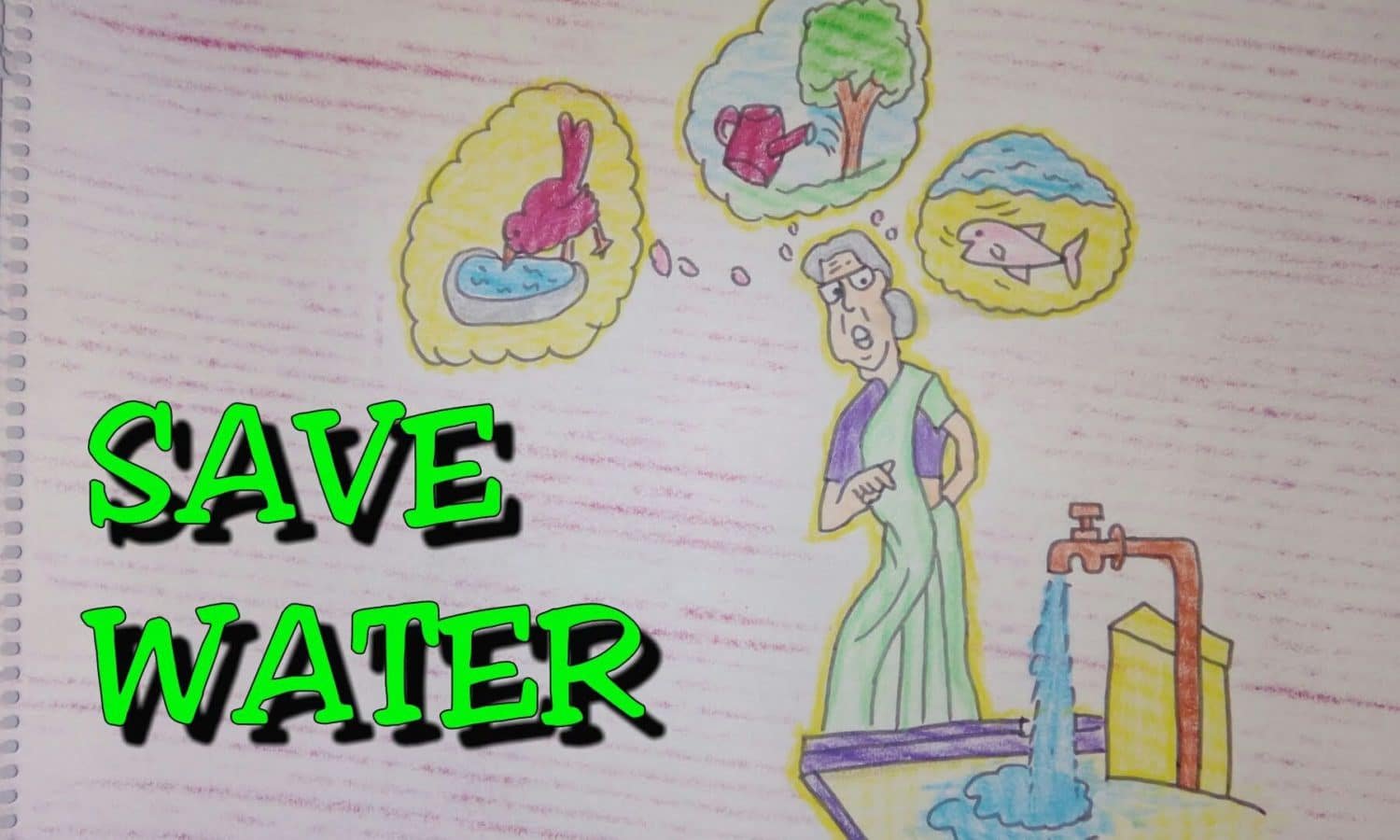Introduction
The global crisis has emerged due to extensive consumption of natural sources like energy, water, petroleum, and greeneries. The unrestricted consumption of natural elements has led to retarded ecological balance. The crisis of water has become one of the significant aspects of global crisis as it has been found that only 2.5 % of water is suitable for drinking (Yang, Hyndman and Winkler 12 ). The gradual reduction in the availability of freshwater has made it indispensable to look for sustainability programs that can save water. Hence, water sustainability has been selected as the area. . .


